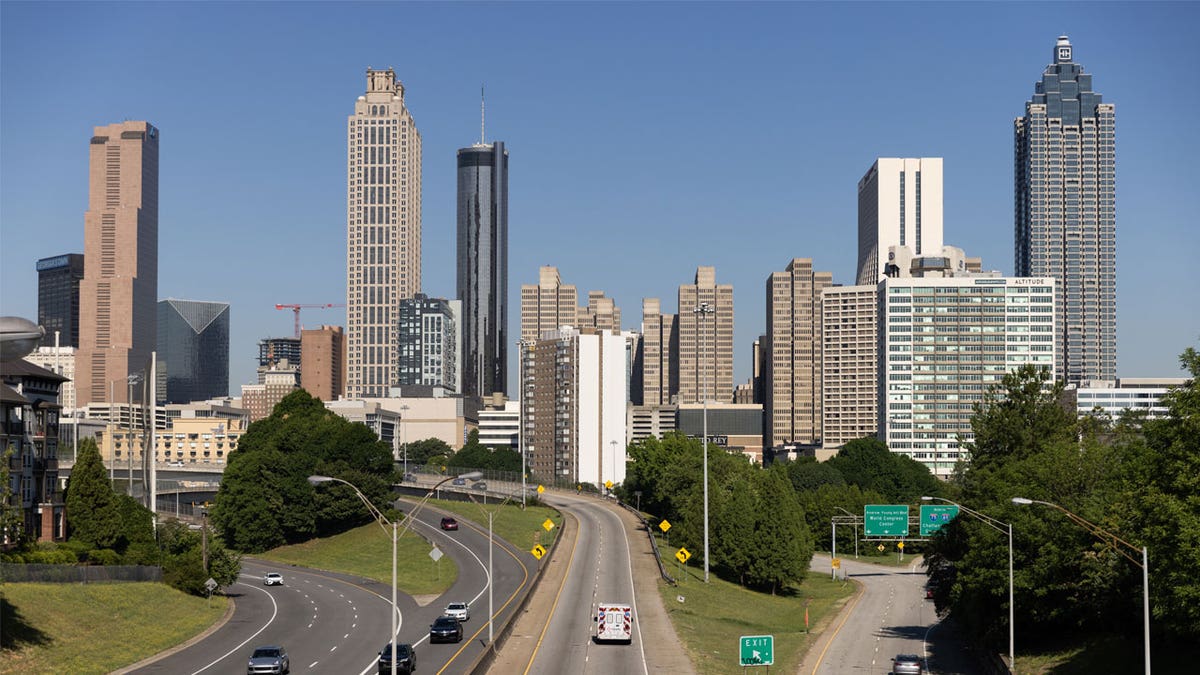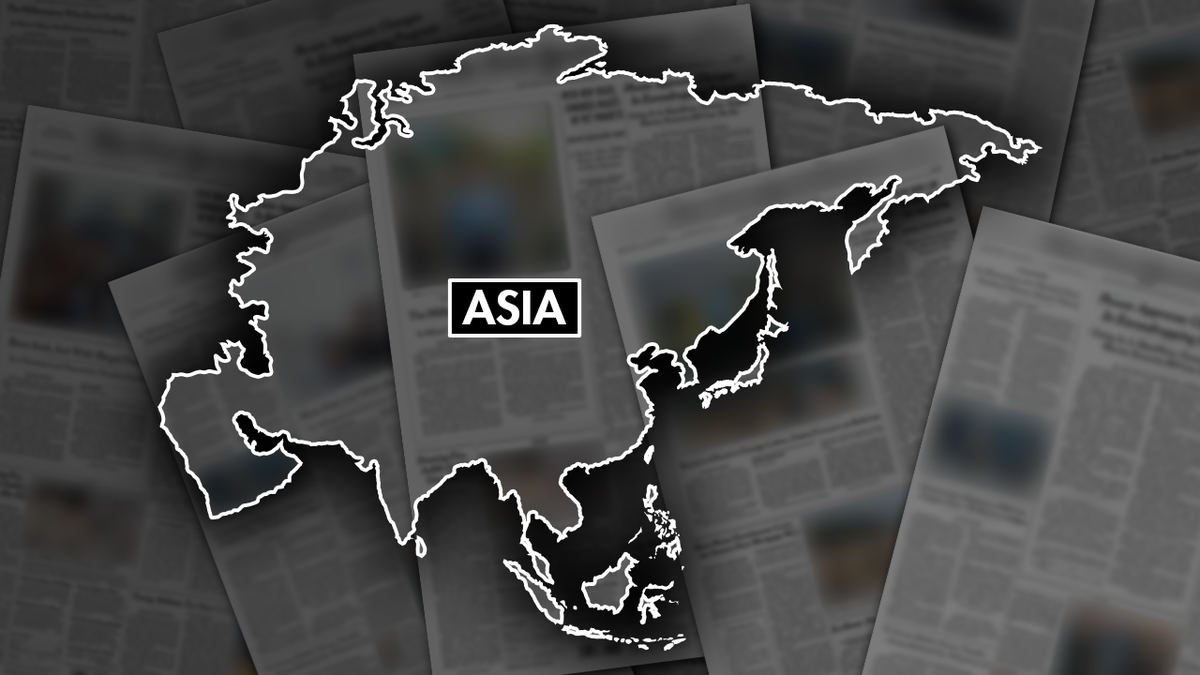A breathtaking display of the Northern Lights is expected to grace the skies above the northern United States this New Year's Eve, thanks to recent solar activity. Two bursts of plasma ejected from the sun have created the perfect conditions for this stunning aurora borealis spectacle.
The National Oceanic and Atmospheric Administration (NOAA) reported heightened solar activity over the weekend of December 28-29, leading to these solar storms. This increased activity makes tonight an ideal opportunity to witness the vibrant colors dancing across the night sky.
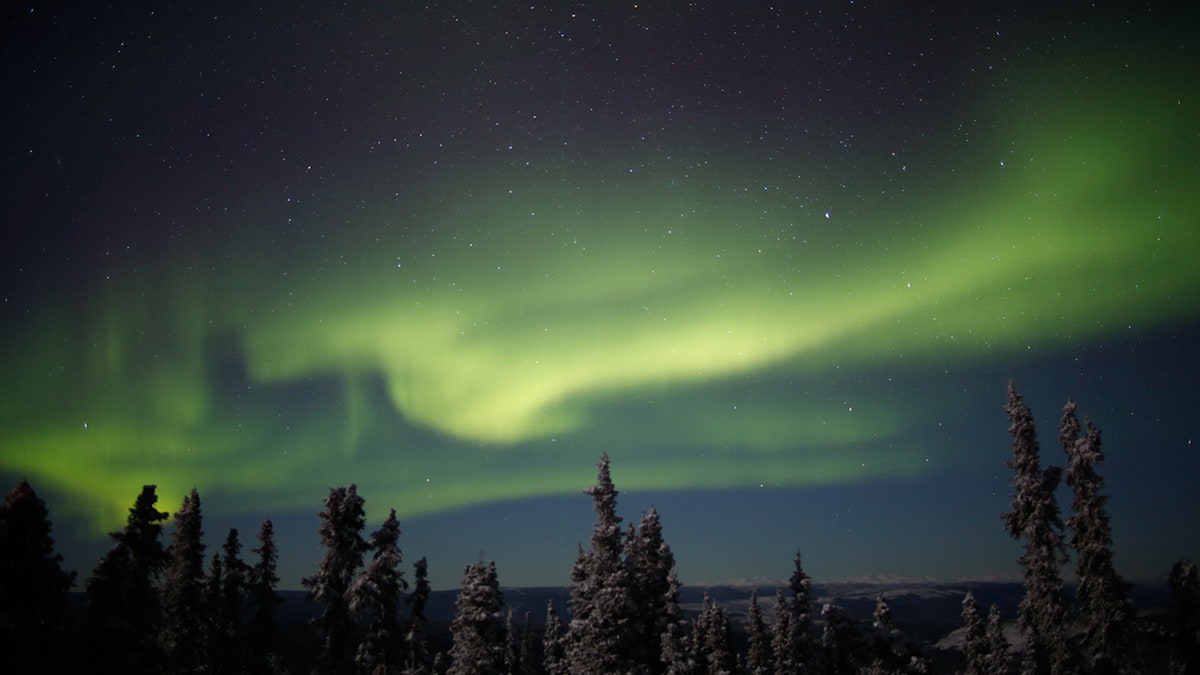
Alaska is a prime viewing location, but the aurora's reach extends further south. The NOAA's aurora tracker indicates potential visibility across a wide swathe of the northern US, including Washington, North Dakota, South Dakota, Minnesota, Wisconsin, Michigan, New Hampshire, Vermont, and Maine. Even parts of Oregon, Idaho, Wyoming, Iowa, Nebraska, Illinois, and New York might catch a glimpse of this celestial display.
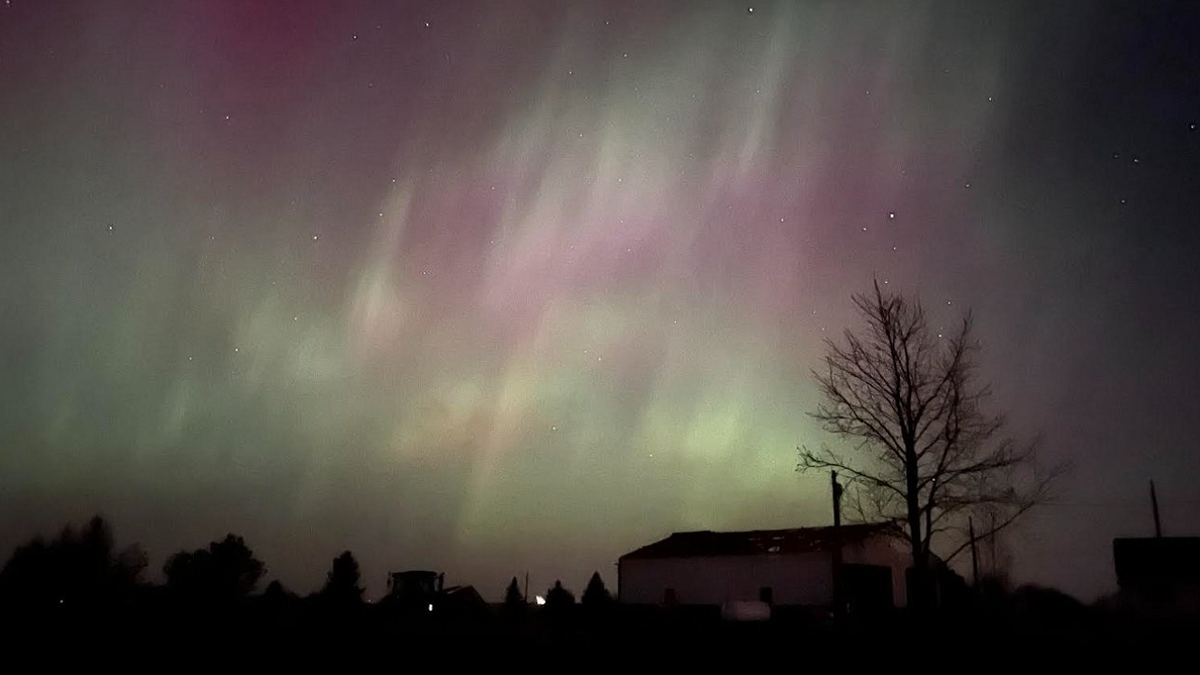
One of the coronal mass ejections (CMEs) impacted Earth's atmosphere on Tuesday, triggering a Geomagnetic Storm Watch that extends through New Year's Day. The SWPC predicts the geomagnetic storm will persist into Tuesday evening, coinciding with New Year's Eve celebrations.
Optimizing Your Northern Lights Viewing Experience
To fully appreciate this extraordinary phenomenon, consider these key factors:
Location
Seek out an unobstructed view of the northern horizon. Minimize obstructions like trees or hills to maximize your viewing potential.
Timing
The optimal viewing window is typically between 10 p.m. and 2 a.m. local time, centered around midnight. While the aurora may be visible earlier or later, it's generally less active and vibrant during those times.
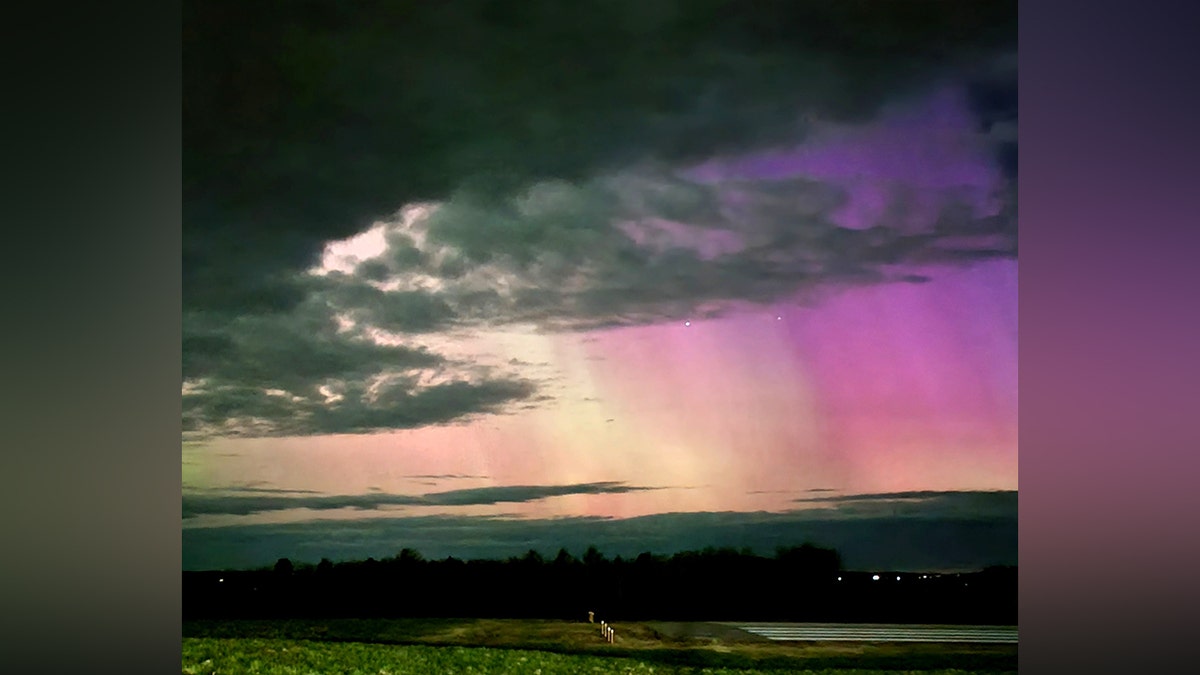
Geomagnetic Activity
A higher planetary K index (eight or nine) signifies stronger geomagnetic activity, resulting in a brighter and more expansive aurora. The SWPC anticipates a strong geomagnetic storm (Level 3 out of 5) on Tuesday, potentially upgrading to Level 2 for New Year's Day.
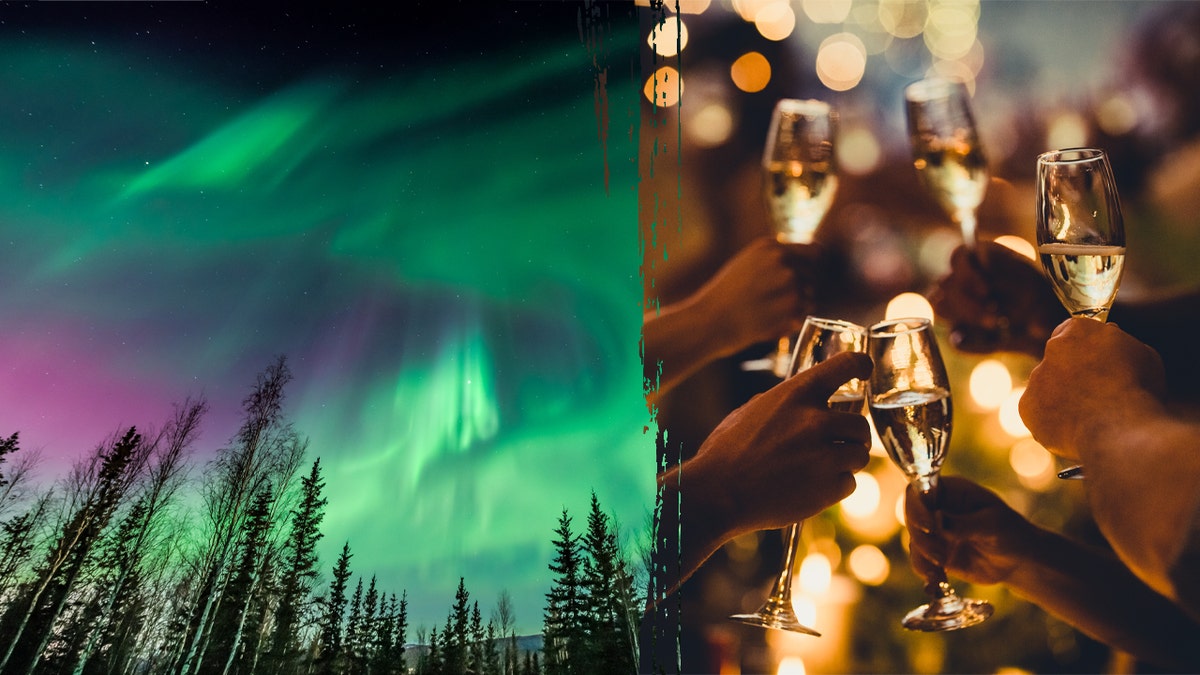
Darkness
Find the darkest possible location, free from light pollution. Clear skies are essential for optimal viewing. Note that a full moon can diminish the perceived brightness of the aurora.



